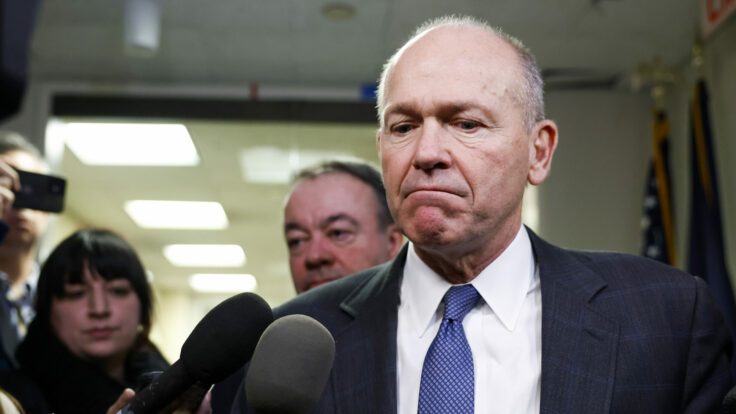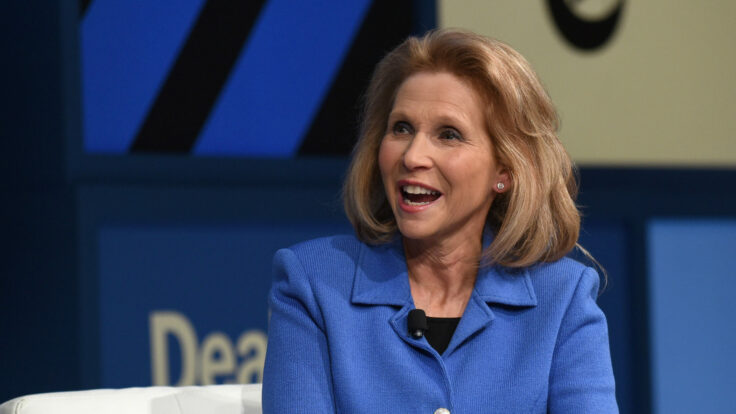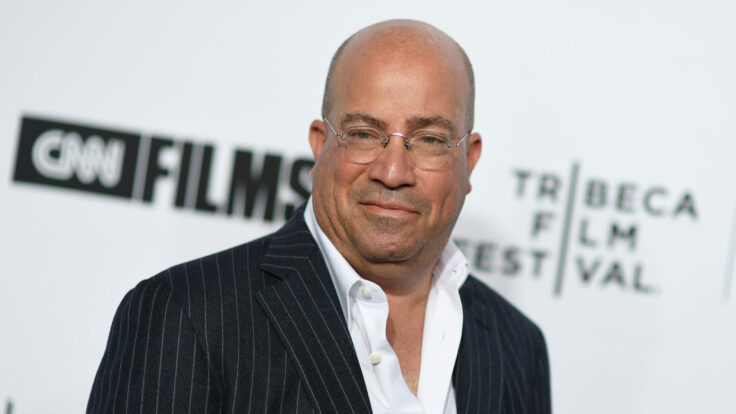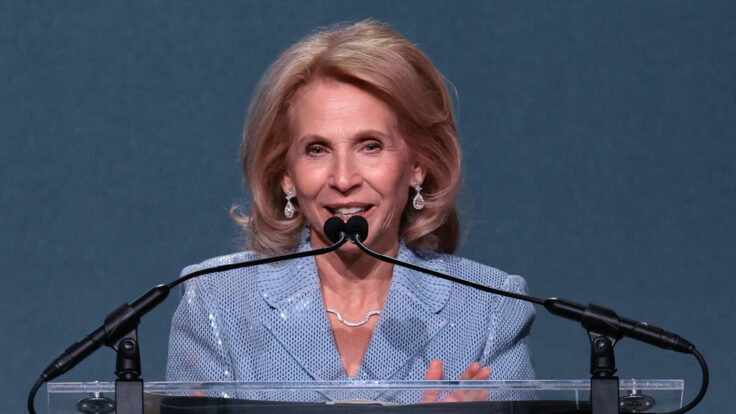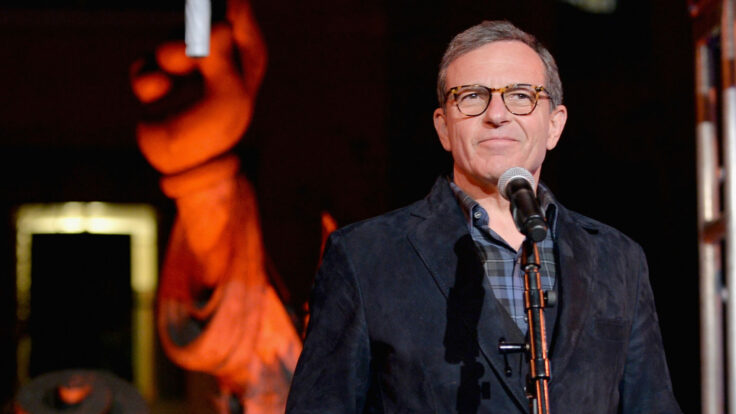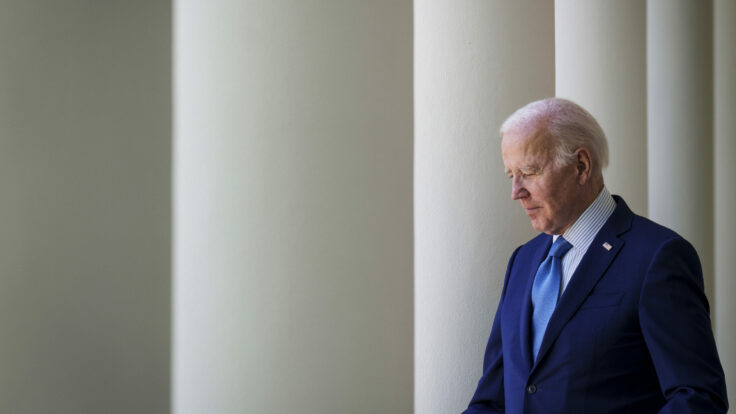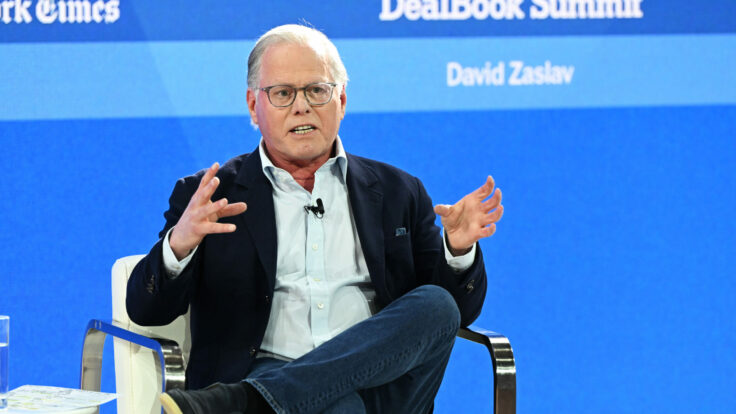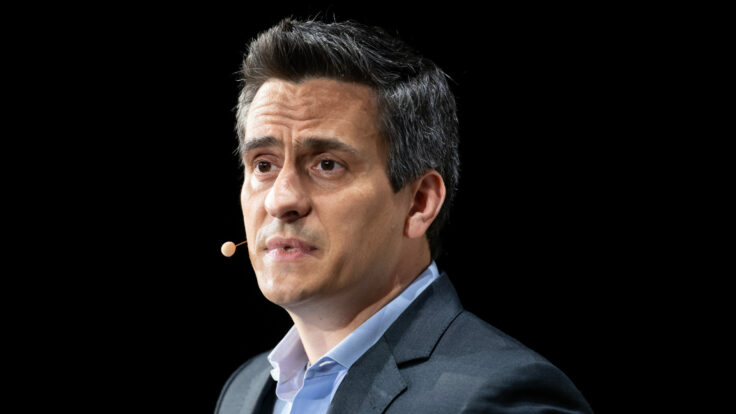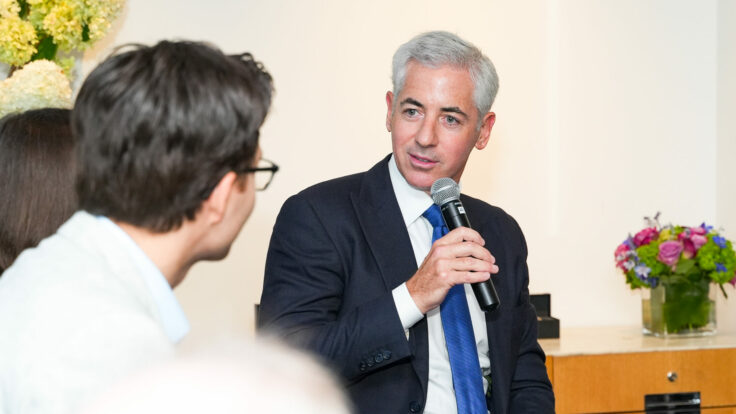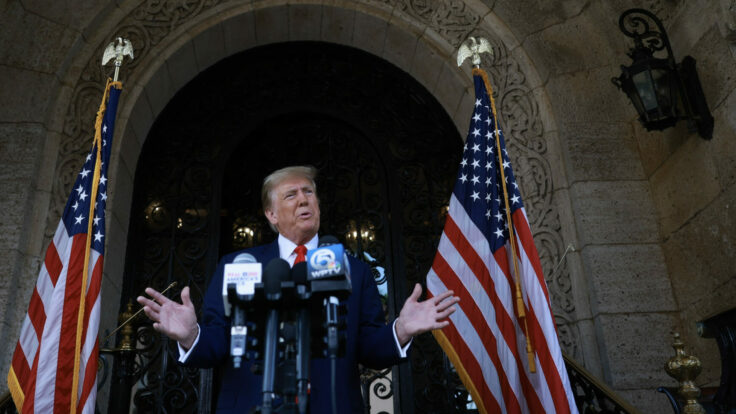You’d have to be living on Mars with Elon Musk not to have realized by now that most asset prices are historically overpriced: In addition to Tesla (worth more than $1 trillion even though it makes most of its profits from selling carbon credits, not electric cars), there are the famous meme stocks, such as GameStop, AMC and Hertz; there’s the publicly traded New Jersey deli (until very recently valued at more than $100 million; now still valued at a head-scratching $77 million); and of course Bitcoin, with a total value of more than $900 billion. That’s to say nothing of the many cryptocurrencies you’ve never heard of—Monero, anyone? Meanwhile, an NFT sold recently for more than $90 million and a ranch in Montana sold for $200 million to Rupert Murdoch, who is 90 years old. You get the idea.
Now, we may have reached the apex, leading some to wonder whether we have truly entered a collective late-Covid consensual tulip-craze. Enter: Olympus DAO, the progenitor of a crypto token that appeared on the market earlier this year and that bills itself as the world’s “decentralized reserve currency.” Olympus DAO currently claims to have a market value of around $2.7 billion, and has quickly become the vanguard of our WTF, YOLO, FOMO economy. “Yes, it’s a Ponzi scheme,” wrote Andrew Thurman recently on Coindesk.com, before hastening to add: “But who cares? So are the dollars in your pocket.”







